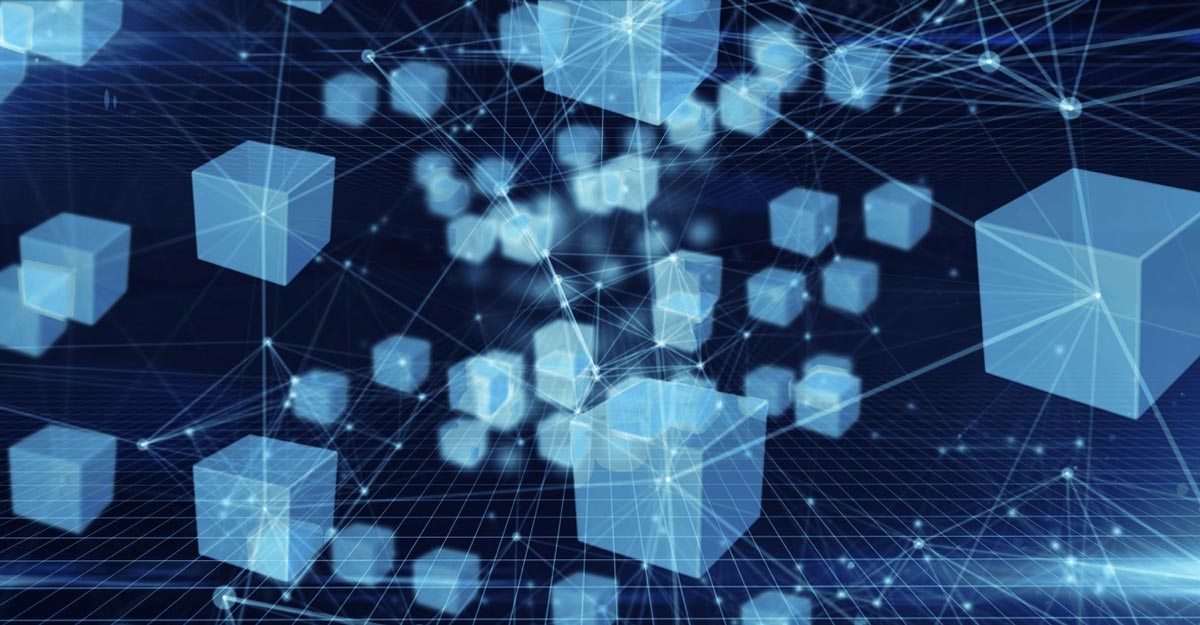Today, many in web3 are excited about scalability solutions. Think Ethereum Layer 2, for example. All aim for the ideal vision: a computationally powerful blockchain which preserves security and decentralization, something once deemed impossible by the Blockchain Trilemma.
However, very few have discussed use cases of such performant blockchains. Why do we need an ultra-fast blockchain in the first place? By ultra-fast, we’re talking about TPS in the millions, fully extensible, capable of computing large-model algorithms like GPT-3 with tens of billions of parameters within reasonable time.

From my perspective, ultra-fast blockchains can open up mission-critical use cases for society. Let me go through four examples and explain them briefly.
I ¶
Frictionless payments — an old friend of blockchains.
Traditional cross-currency transaction cost mostly occurs due to infrastructure. Compared to incumbents like Western Union, companies such as Stripe and Airwallex have already lowered cost by a huge margin, in some cases to lower than 1%. Cryptocurrencies in theory do not have infrastructure cost. Instead, transaction gas fees and AMM slippages are their primary source of cost, not to mention long confirmation times. For context, NYSE allows for 5 million quotes per second; in contrast, Ethereum’s TPS is around 34 today, and even Solana, the fastest of all major blockchains, has only around 65,000.
Once more powerful versions of currently decentralized blockchains are ready and their TPS approaches or exceeds that of NYSE today, slippage would be a lot less. Alternatively, a more efficient orderbook model, such as ZigZag, can be considered. As gas fees are lowered and slippage decimated, ultra-fast blockchains would likely deliver qualitatively better financial services for purposes like cross-border remittance. Similarly, reduced financial friction is likely to benefit DeFi as well, making it a much more realistic alternative to traditional finance.
II ¶
True DAOs — the new, limitless form of human organization.
DAOs, or “decentralized autonomous organizations”, are neither decentralized nor autonomous at the moment: a committee often dictates major decisions, and the organization is incapable of acting on its own. In fact, the interesting dimension of DAOs today is mass capital aggregation (and relocation, in the case of ConstitutionDAO). So far we have seen DAOs buying properties; very soon they may be buying companies and various other forms of organizations.
Ultra-fast blockchains would support high-utility ML algorithms to run on-chain. With contract-enforced neutrality, DAOs would gain the ability to execute actions based on guiding principles determined by the community, and factor in human support where the algorithm needs help.
Imagine an effective altruism DAO, for instance. Based on metrics legislated by its members, the DAO tracks people in most need of help globally in real time, and deploys resources to help them most efficiently. All of its ML algorithmic computations run on the blockchain, completely neutral, transparent, and verifiable by the public. Compare that to the opacity, inertia, and bureaucracy of today’s NGO world. This would be the day DAOs become multiplicative extensions of human will.
III ¶
Privacy-preserving data platforms supporting mass-scale computation.
In the past 10 years, statistical AI has transformed our world in practically every regard. However, two enormous challenges remain on the horizon: computation and dataset. Today’s large-model AI requires a huge dataset to produce consistently accurate outcomes.
Take medical AI for instance. Most medical data from patients are locked idle in hospitals. Imagine a data platform which can guarantee two-way confidentiality and anonymity for both the data provider and the algorithm developer. In the medical AI case, this means that: machine learning companies would pay hospitals for patient data to train better algorithms; hospitals would pay ML companies for those algorithms for more accurate diagnoses; neither side would learn any knowledge of the other side’s assets, and patients would benefit the most. This is a very likely reality empowered by ultra-fast blockchains.
Given that we also find solutions to the computation challenge, which is showing good signs, the de-isolation of private data would accelerate AI development by leaps and bounds.
IV ¶
Composable, self-evolving metaverse.
This is yet another arena for human-AI collaboration. Players and community members can freely create game logic, build plugins, and fairly capture a percentage of the value in that virtual world. At the same time, rendering AI would increase the immersive effect of virtual worlds. In traditional gaming, players wish to have fun while gaming companies want to squeeze in profits in short periods of time. Here, all standards of synthesis are enforced by the blockchain, protecting against malicious tampering and incentive misalignments. See more in my past posts about this.
… ¶
Ultimately, the future cannot be predicted — think the rise of Uber and Airbnb with the mobile era, for instance. As a result, this post doesn’t aim to outline the future, and instead to brainstorm a few of the near-infinite possibilities.
Regardless of the use cases, I envision that ultra-fast blockchains would serve as the permanent, transparent, neutral, and verifiable computation layer which, together with built-in token incentives, would catalyze wildly with other great inventions like AI and propel society forward by unforeseen magnitudes. What an incredible time to be alive.
Special thanks to Chris Bender for review.